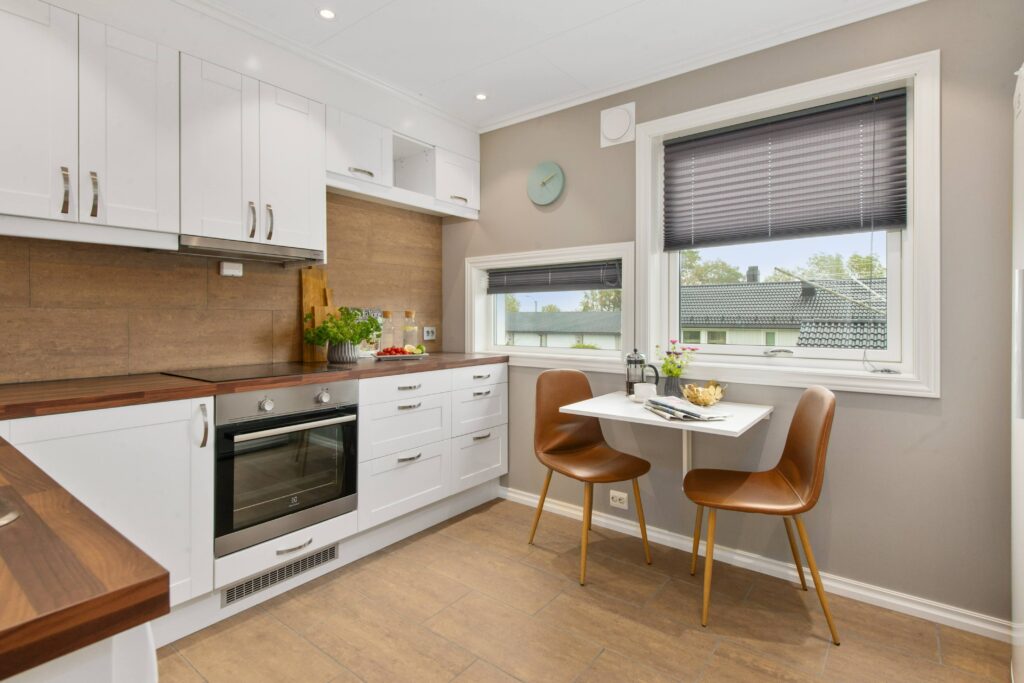Imagine everything that needs power in California running on clean, carbon-free renewable energy 24/7. This is not a dream, it is something that, with popular support, political will, and proper funding can happen as fast as we want it. Now, imagine your neighborhood and its all-electric residential and commercial buildings being powered by locally produced, 100% renewable carbon-free energy and storage. Again, this is not a dream; everything required exists “off the shelf” right now . Then, imagine a Just Transition into a fossil fuel free California.
As I look at my Cal ISO app at 11am this morning, it shows that 65% of the energy on California’s grid is from renewable sources. What is amazing is that this number does not include residential rooftop solar, which means that renewables are suppling considerably more than 65% right at this moment! Some will mention that this number is much lower at night, which is currently the case, since energy storage is still scaling. Again, image 5 to 10 years from now when massive amounts of long- and short-term energy storage comes online in the form of batteries, pumped hydro, thermal and even mechanical energy suppling all the energy needs of Californians throughout the night.
Of course, this is not as simple as it sounds. It will take a very diverse portfolio of renewable and carbon-free energy sources that are supported by an equally diverse set of energy storage solutions to make this a reality. Imagine, for example, your electric vehicle being a mode of transportation, a grid resource and energy storage backup for your home, in the form of 2-way EV charging. Resources like this can work alongside the grid and local distributed energy resources (DER), including microgrids, to increase grid efficiency and resiliency to ensure energy supply will always be able to meet demand.
However, there is more needed to make this clean energy revolution happen. Using the internet of things, more and more appliances in our buildings are becoming grid enabled. Meaning that they can interact with the grid when needed. For example, when the grid is being pushed to its limits, a call could be put out so that noncritical appliances could be turned off or reduce their energy demand which will help lower the strain on the grid. Then when energy demand wanes, those appliances return to normal operation.
Finally, our building stock need to be as energy efficient as possible. This means that energy codes need to mandate all-electric, highly efficient new and existing buildings in a fair and equitable way. This would include mandating heat pumps for space and water heating, incentivizing on-site renewable generation and storage and smart building technologies to name a few.
Now, imagine your community choice aggregator (CCA) in your region celebrating reaching the 100% renewable carbon-free electricity generation milestone and you realize that powering your all-electric home does not emit one pound of CO2 any longer. Imagine never needing fossil fuels ever again to power our lives.
About the author: Robert Carr is a green building consultant and a champion of electrification in San Diego. He volunteers for SD350 and the San Diego Building Electrification Coalition (SDBEC).
Photo by Rune Enstad on Unsplash


